International
One European elections, twenty-seven national elections: this is how each EU country votes
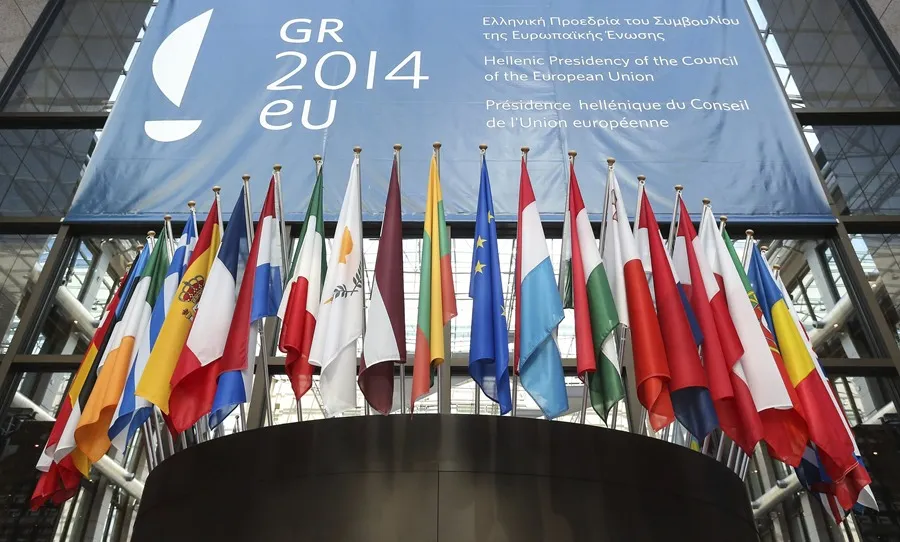
What at first glance seem to be a unified election for the European Parliament between this Thursday and Sunday are actually 27 different electoral processes, with their rules, thresholds, constituencies and rarities, in the absence of a unified electoral law in all the countries of the European Union as the European Parliament has insistently requested.
The celebration of these elections on four different days is the first detail that attracts attention: it began this Thursday in the Netherlands and on Friday in Ireland and the Czech Republic, which extends the election day until today, Saturday.
Estonia, for its part, has already started with electronic voting this Monday and is the only country that allows it.
But the Czechs are not the only ones who have two days to go to vote; it is also the case of the Italians, who in turn set the record for the latest closing time of the polling stations at eleven on Sunday night.
Most countries, including Spain, attend their polling stations on Sunday the 9th.
Each country also has its own rules regarding the voting margins necessary to get the first seat in the European Parliament: Spain accompanies thirteen other member states that have no threshold, but nine countries (Czech Republic, France, Croatia, Latvia, Lithuania, Hungary, Poland, Romania and Slovakia) set it at 5%; in Italy, Austria and Sweden it is 4%; in Greece 3% and in Cyprus 1.8%.
Also the alternatives to vote if a citizen is abroad are very different depending on their country of origin: the Czech Republic, Ireland, Malta and Slovakia do not allow to do so, although most countries do offer voting by mail and/or in an embassy or consulate. France, the Netherlands and Belgium also allow the proxy vote, for an authorized person to vote for the absentee.
On the other hand, it is mandatory to go to vote in Luxembourg, Bulgaria, Belgium and Greece, but not in the rest of the Member States. And in Malta, Austria, Belgium and Germany, citizens from the age of 16 will go to the polls, and 17 in the case of those from Greece.
The electoral law remains a competence mainly assigned to national governments and these, as in so many other areas, do not want to cede their sovereignty when organizing their elections as it suits them best because of their national idiosyncrasy: sometimes such simple issues as a local holiday or rules that are already applied in national elections come into play.
The European Parliament has insisted several times on the need to harmonize a series of minimum concepts, especially with a view to reinforcing the European character of these elections, which until now are excessively marked by the dynamics of each country.
Now two years ago, MEPs proposed, for example, that each European citizen should have two votes in the elections to the European Parliament: one equivalent to the current one, for the national lists, and an additional one for a single European constituency of 28 seats whose head of the list would be the candidate for the presidency of the European Commission.
In this proposal they also included that countries with more than 60 seats (Spain, Italy, France and Germany) had a minimum threshold of 3.5%, on May 9 (Europe Day) as a common voting day in all countries every five years and that the lists are compulsorily in zipper format (alternating a man and a woman successively) or with gender quotas to ensure equal representation.
The few characteristics common to all countries are reflected in the European electoral law of 1976, which protects the right of Europeans residing in another EU country to vote and stand for elections in their place of residence, a maximum threshold of 5%, the system of voting lists or transferable single vote and the incompatibilities to be an MEP
International
Colombia says it would not reject Maduro asylum request as regional tensions escalate
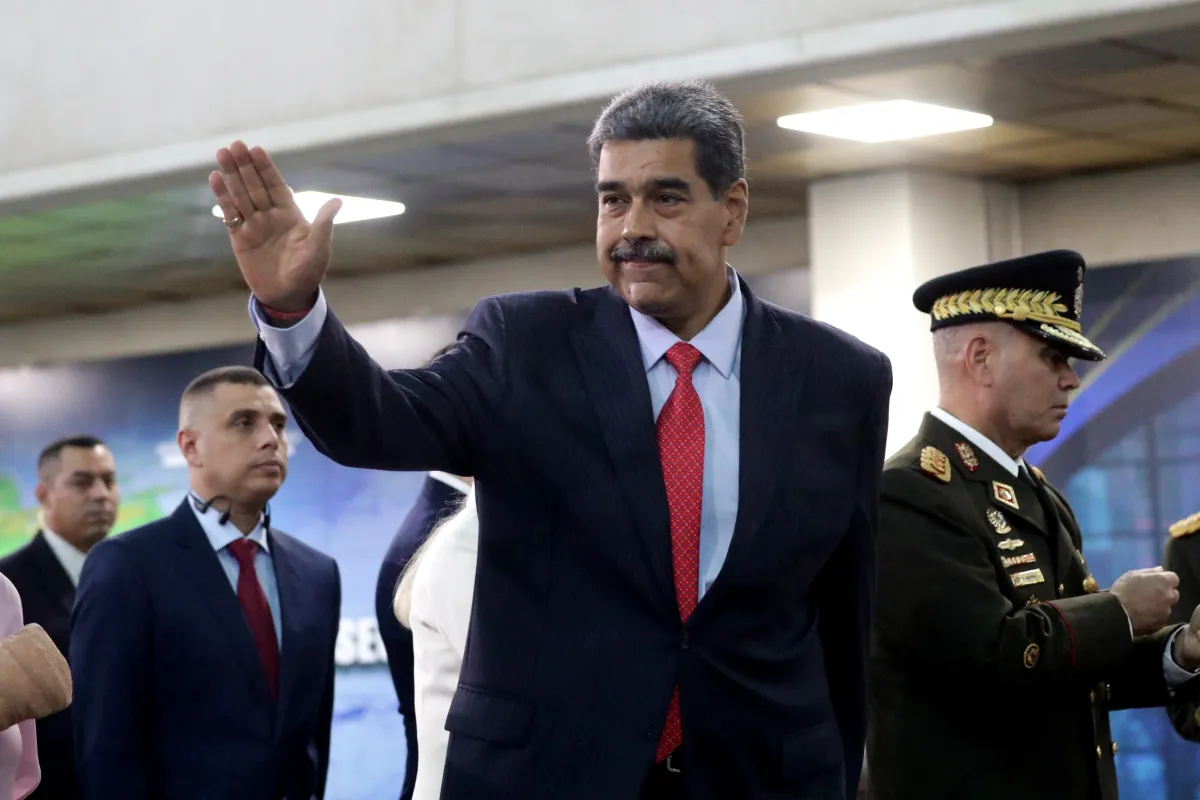
The Colombian government stated on Thursday that it would have no reason to reject a potential asylum request from Venezuelan President Nicolás Maduro should he leave office, as regional tensions persist over the deployment of U.S. military forces in the Caribbean since August.
“In the current climate of tension, negotiations are necessary, and if the United States demands a transition or political change, that is something to be assessed. If such a transition results in him (Maduro) needing to live elsewhere or seek protection, Colombia would have no reason to deny it,” said Colombian Foreign Minister Rosa Villavicencio in an interview with Caracol Radio.
However, Villavicencio noted that it is unlikely Maduro would choose Colombia as a refuge. “I believe he would opt for someplace more distant and calmer,” she added.
Colombian President Gustavo Petro also commented on Venezuela’s situation on Wednesday, arguing that the country needs a “democratic revolution” rather than “inefficient repression.” His remarks followed the recent detention and passport cancellation of Cardinal Baltazar Porras at the Caracas airport.
“The Maduro government must understand that responding to external aggression requires more than military preparations; it requires a democratic revolution. A country is defended with more democracy, not more inefficient repression,” Petro wrote on X (formerly Twitter), in a rare public criticism of the Venezuelan leader.
Petro also called for a general amnesty for political opponents and reiterated his call for forming a broad transitional government to address Venezuela’s prolonged crisis.
Since September, U.S. military forces have destroyed more than 20 vessels allegedly carrying drugs in Caribbean and Pacific waters near Venezuela and Colombia, resulting in over 80 deaths.
U.S. President Donald Trump has repeatedly warned that attacks “inside Venezuela” will begin “soon,” while Maduro has urged Venezuelans to prepare for what he describes as an impending external aggression.
International
Cuba battles out-of-control dengue and chikungunya epidemic as death toll rises to 44

Cuba is facing a severe dengue and chikungunya epidemic that has already claimed at least 44 lives, including 29 minors, according to the Ministry of Public Health (Minsap). The outbreak—now considered out of control—has expanded across the entire country amid a critical shortage of resources to confront the emergency.
Authorities report more than 42,000 chikungunya infections and at least 26,000 dengue cases, though they acknowledge significant underreporting as many patients avoid seeking care in health centers where medicines, supplies, and medical personnel are scarce. The first cluster was detected in July in the city of Matanzas, but the government did not officially use the term “epidemic” until November 12.
Chikungunya—virtually unknown on the island until this year—causes high fever, rashes, fatigue, and severe joint pain that can last for months, leaving thousands temporarily incapacitated. Dengue, endemic to the region, triggers fever, muscle pain, vomiting, and, in severe cases, internal bleeding. Cuba currently has no vaccines available for either virus.
Minsap reports that of the 44 deaths recorded so far, 28 were caused by chikungunya and 16 by dengue.
The health crisis unfolds amid deep economic deterioration, marked by the absence of fumigation campaigns, uncollected garbage, and shortages of medical supplies—conditions that have fueled the spread of the Aedes aegypti mosquito, the primary vector for both diseases. “The healthcare system is overwhelmed,” non-official medical sources acknowledge.
Beyond the health impact, the epidemic is heavily disrupting economic and family life. The intense joint pain caused by chikungunya has led to widespread work absences, while hospital overcrowding has forced relatives to leave their jobs to care for the sick. In November, authorities launched a clinical trial using the Cuban drug Jusvinza to reduce joint pain, though results have not yet been released.
International
Ecuador on track for record violence as homicides hit highest level in Latin America again
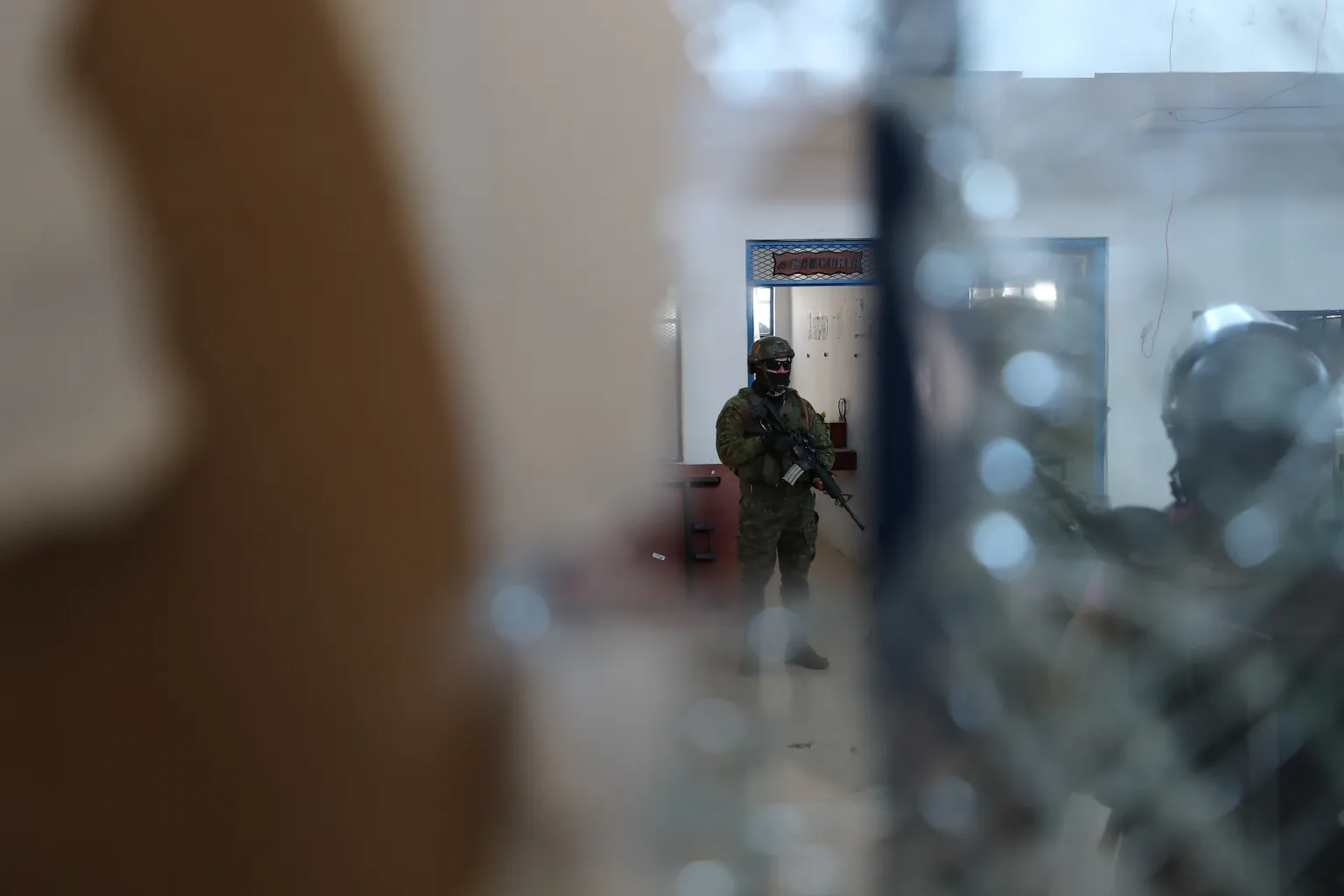
Violence in Ecuador is expected to reach historic levels by the end of 2025, with the country set to record the highest homicide rate in Latin America for the third consecutive year, according to a report released Thursday by the Armed Conflict Location & Event Data Project (ACLED). The organization warns that criminal activity is not only persisting but could worsen in 2026.
Official figures show 7,553 homicides recorded through October, surpassing the 7,063 registered throughout all of 2024. ACLED estimates that 71% of the population was exposed to violent incidents this year, despite President Daniel Noboa’s declaration of an “internal armed conflict” in an attempt to confront powerful criminal groups.
According to the report, several factors are driving the deterioration of security: a territorial war between Los Chonerosand Los Lobos, the two most influential criminal organizations in the country; the fragmentation of other groups after the fall of their leaders; and Ecuador’s expanding role as a strategic hub for regional drug trafficking.
Since 2021, violence has forced the internal displacement of around 132,000 people, while more than 400,000 Ecuadorians — equivalent to 2% of the population — have left the country. Between January and November alone, violent deaths rose 42%, fueled by prison massacres and clashes between rival gangs.
The report warns that conditions may deteriorate further. Ecuador has been added to ACLED’s 2026 Conflict Watchlist, which highlights regions at risk of escalating violence. The expansion of Colombian armed groups such as FARC dissidents and the ELN, state weakness, and a potential rerouting of drug trafficking corridors from the Caribbean to the Pacific intensify the threat.
“The president is facing a wave of violence that shows no signs of easing,” the report concludes.
-
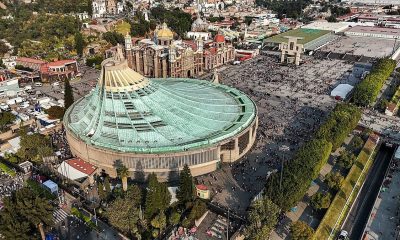
 International2 days ago
International2 days agoMexico City prepares for 13 million pilgrims at Basilica of Guadalupe
-
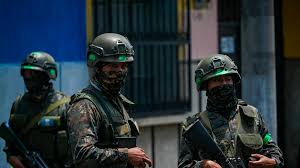
 Central America4 days ago
Central America4 days agoGuatemalan soldier wounded in clash with suspected mexican armed group near border
-

 Central America3 days ago
Central America3 days agoMexico and Guatemala launch joint security operation after Agua Zarca border attack
-

 Central America4 days ago
Central America4 days agoGuatemala reverses asset seizures after judge replacement, benefiting ex-president and former ministers
-

 Central America2 days ago
Central America2 days agoU.S. accuses Ortega regime of systematic human rights abuses in Nicaragua
-
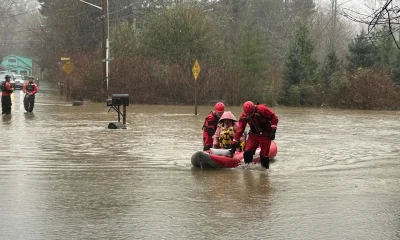
 International2 days ago
International2 days agoWashington declares State of Emergency as atmospheric river brings severe flooding
-

 International2 days ago
International2 days agoU.S. to require five-year social media history from tourists under Visa Waiver Program
-
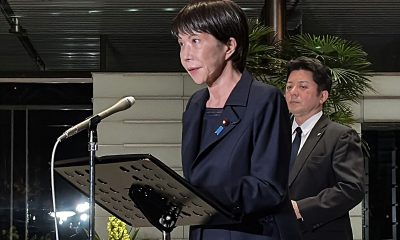
 International4 days ago
International4 days agoJapan lifts tsunami alert after strong 7.6-magnitude earthquake hits northern coast
-

 Central America2 days ago
Central America2 days agoHonduras’ electoral chief reports ongoing technical issues but says results remain intact
-

 Central America2 days ago
Central America2 days agoU.S. finds no evidence of fraud in Honduras election despite delays
-

 Central America3 days ago
Central America3 days agoHonduran University: Nullifying elections without proof of fraud undermines popular sovereignty
-

 International4 days ago
International4 days agoInterior Dept. redefines 2026 Patriotic Days, sparking criticism over removed civil rights holidays
-

 Central America3 days ago
Central America3 days agoCNA director says Libre’s defeat stems from “lack of substance,” not messaging
-

 Central America2 days ago
Central America2 days agoOAS and EU urge honduran political actors to respect vote results and avoid unrest
-
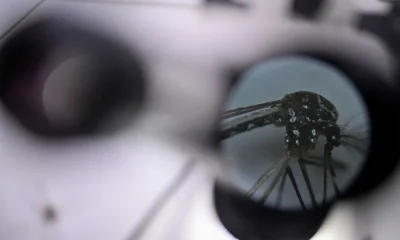
 International15 hours ago
International15 hours agoCuba battles out-of-control dengue and chikungunya epidemic as death toll rises to 44
-
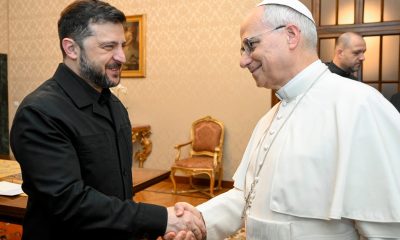
 International3 days ago
International3 days agoZelensky meets Pope Leo XIV as review of U.S. peace plan continues
-

 International15 hours ago
International15 hours agoColombia says it would not reject Maduro asylum request as regional tensions escalate
-

 Central America15 hours ago
Central America15 hours agoHonduras election crisis deepens as CNE president denounces intimidation attempts
-
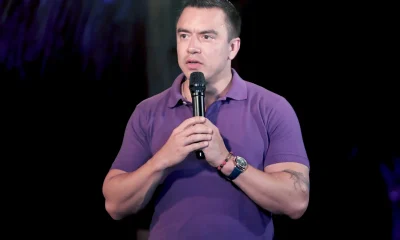
 International2 days ago
International2 days agoSix ecuadorian soldiers jailed pending trial for alleged extrajudicial execution
-
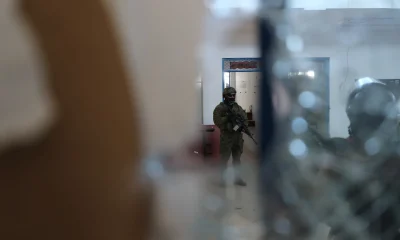
 International15 hours ago
International15 hours agoEcuador on track for record violence as homicides hit highest level in Latin America again


























